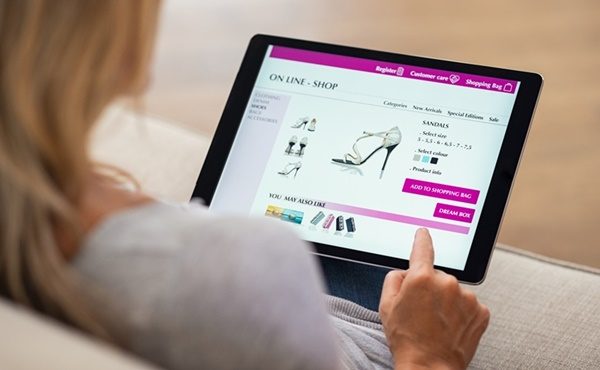The retail landscape changed significantly from 23 March―the day Australia shut down due to the outbreak of Covid-19.
New research from CouriersPlease shows that, during the closure period, two thirds (65 per cent) of Aussies shopped online more than they normally do and 56 per cent will continue to do so after restrictions are lifted.
The survey reveals 10 new online shopping behaviours formed as a result of the shutdowns.
1 During the shutdowns, under-30s shopped online more than any other age group. Eighty (80) per cent of under-30s shopped online more frequently than they normally did, compared with 67 per cent of 30-50s and 53 per cent of over-50s. The increased rate in online shopping while incomes generally dropped suggests that the traditional weekly shopping of Australians shifted online.
2 Two in three (66 per cent) Aussies shopped online at least three times a month during the shutdowns. Among Aussies under age 30, this was at 73 per cent. One quarter (26 per cent) of all respondents shopped at least six times a month.
3 Eighty-six per cent of Aussies increased the frequency of their online shopping to avoid going in store. Not only did this minimise the chances of any potential infections from visiting a physical store, but it also eliminated the need to queue up. During this time, retailers had restrictions on in store numbers and adhered to social distancing measures.
4 Fifty-six per cent of Aussies will continue shopping more online than they did before the shutdowns. Younger shoppers are more likely to continue the high rate of online shopping. Sixty-four (64) per cent of under 30s and almost two-thirds (62 per cent) of 31-50s admit they will continue shopping more online going forward, compared with 43 per cent of over-50s. This indicates that health concerns of Covid-19 will continue to linger, as many seek to avoid person-to-person encounters in retail stores.
5 Saturday was the most popular day for online shopping. One quarter (24 per cent) of Aussies said they did most of their online shopping on a Saturday. Wednesday was the second most popular day for online shopping, with 18 per cent of respondents doing most of their shopping on this day, suggesting that purchases on hump day helped many to get through the rest of the working week.
6 Forty-four per cent of Aussies did most of their online shopping during the evenings or night. Under-30s are the age group that do most of their shopping once it gets dark―49 per cent, compared with 37 per cent of over-50s. Afternoons are the next most popular time of day for online shopping―26 per cent of respondents do most of their shopping during this time.
7 Forty-four per cent of workers and students used online shopping as a distraction. What’s more, close to two-thirds (61 per cent) of respondents under 30, and 44 per cent of respondents aged 30-50, admit they regularly browsed online shopping sites when they were actually meant to be working or studying. This compared with just 11 per cent of over-50s.
8 Seventy-two per cent of online shoppers made small regular purchases online, instead of bulk-buying. Shoppers aged 30-50―the age group who tend to be most time poor―were more likely to buy in bulk, compared with other age groups.
9 Sixty per cent of households went without essential grocery and household items because they were unavailable. Thirty-two (32) per cent went without essential pantry items when they needed it, 27 per cent went without toilet paper when they needed it, 23 per cent could not find some cleaning and laundry detergents and 22 per cent could not get their hands on personal hygiene items.
10 Consumers shifted their shopping online mostly for fashion, health, beauty and food products. Respondents were asked which product categories (that they normally buy instore) did they purchase online during the shutdown. Forty (40) per cent chose fashion, 38 per cent said food and alcohol, 36 per cent said technology and electronic items, and 34 per cent said health and beauty products.
“A lot of major changes have taken place in the ecommerce space as a result of Covid-19,” Paul Roper, chief commercial officer at CP, says.
“Physical distancing restrictions, travel bans and business closures have really forced the hand of traditional shoppers who have been historically wary of venturing online, as their concerns shifted towards a fear of physical contact from visits to public spaces. We saw an unprecedented spike in delivery volumes across the country during this time; so much so, that we put on extra staff and extended our trading to handle the overflow ensuring customers could receive their orders with minimal delay.
“We were thrilled to achieve more first-time deliveries, as people began working from home and staying in. Based on the operational adjustments made, our on-time performance and customer satisfaction excelled, as was our approach to stringent hygiene measures we mandated to reduce the risk of infection amongst our customers, network and community.
“While new behaviours were formed by shoppers during this period of restrictions, the retail market has changed forever. It will be interesting for us to see over the coming months and years, what changes are here to stay and how retailers can rise to the new challenges and era,” he adds.







